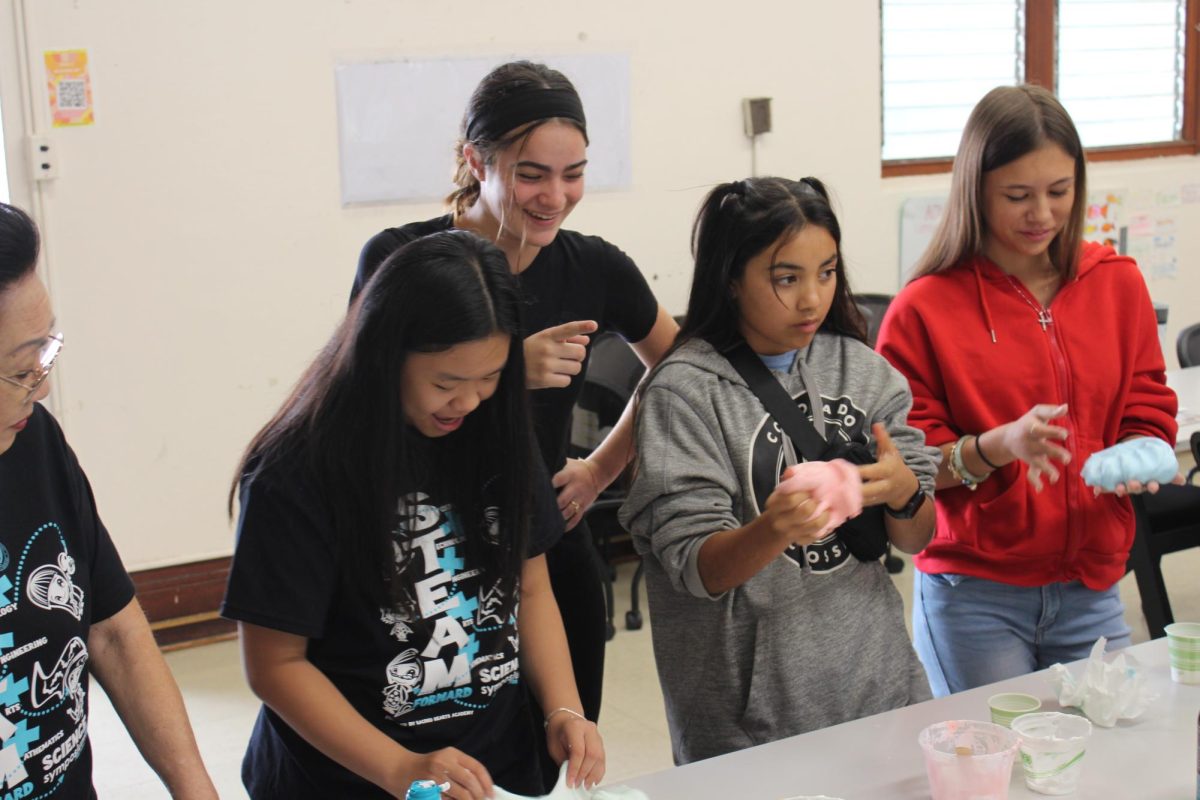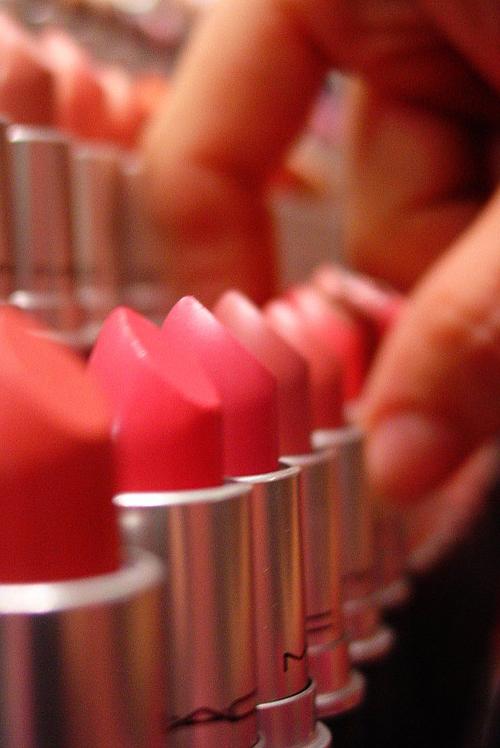According to research conducted by the University of California at Berkeley’s School of Public Health, lipsticks and lip glosses contain toxic metals that can raise potential health concerns. These metals include lead, cadmium, chromium, aluminum and others.
Researchers tested 32 lipsticks and lip glosses commonly sold at drug and department stores.
According to the study, lead was found in 24 of the 32 products at a concentration usually lower than the acceptable daily intake, but over time, this can lead to build-up of the metals inside the body causing health issues. Chromium has been linked to stomach tumors and lung cancer and high manganese levels have been linked to nervous system problems. Cadmium has been linked to lung cancer and damage to the respiratory system.
Researchers did not find a clear pattern to predict the toxin levels in terms of brands, color or the cost of the product.
S. Katharine Hammond, professor of Environmental Health Sciences at UC Berkeley, said, “Just finding these metals isn’t the issue; it’s the levels that matter.”
Researchers say lipsticks and lip glosses may have specific risks for consumers because they are swallowed little by little by wearing them.
The FDA regulates cosmetics safety under the authority of the Federal Food, Drug and Cosmetic Act. When used as the label directs or under normal conditions, cosmetics must be safe. However, the FDA does not require cosmetics to get pre-market approval. No limits for lead have been set. They have, though, set specifications for lead in the color additives that are used for cosmetics.
“The research needs to be on-going. There may be something nobody thought of to check on. When that happens, the people should check on them or they will be illegal according to the FDA. Moreover, it would be a kiss of death if consumers were told this because once said, no one can take it back from all the people and you will lose market share among the people who don’t bother to hear the retraction,” said Harry Ako, professor and chair of the Department of Molecular Biosciences and Bioengineering at the University of Hawaii.
“This new study is more evidence that we need to be aware of the risks of chemicals in our cosmetics,” said Emily Barrett, a reproductive health scientist at the University of Rochester, who studies how certain chemicals found in makeup products may impact health.































